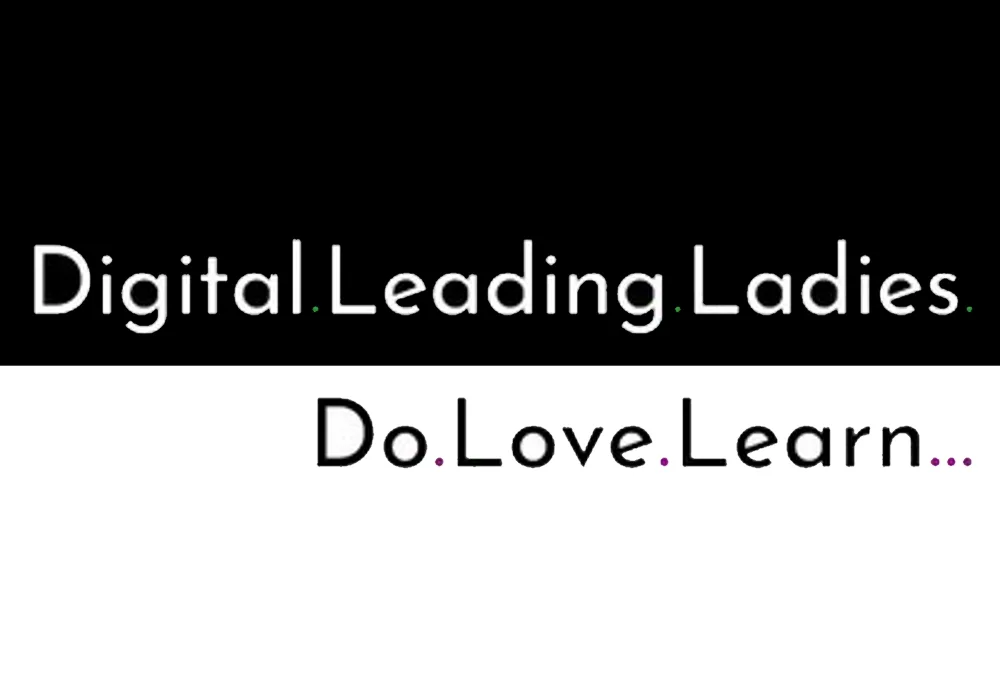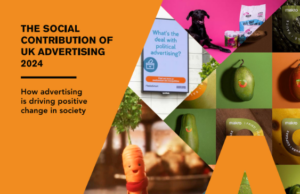The Digital Leading Ladies (DLL), an organisation for women in the digital advertising and technology industry, recently released a report outlining the industry trends the group’s members expect to be important this year.
Co-founded by Maria Cadbury, Julia Smith, Ellie Edwards-Scott, Lisa Menaldo, Lisa Goodchild, Melina Jacovou, and Tamara Littleton, the DLL is made up of more than 250 leaders and experts from all disciplines across the digital and advertising technology industry. The aim of the organisation is to create an interactive group which connects, supports, and provides opportunities for its members.
Maria Cadbury, Director of Strategic Partnerships and Commercials at Say It Now, and Co-founder of Digital Leading Ladies, said of the new trends report: “We realised that we have some of the most influential people in the industry among our membership, and it’s a really good opportunity for DLL to represent these amazing companies and amazing women by bringing this trends report to fruition.”
As for her own prediction for 2022, Cadbury is backing Actionable Audio Ads. “Voice is a behaviour driven by consumers and having Actionable Ads where you use your voice to speak to an ad within the smart speaker environment will be prevalent across all channels by the end of the year, Audio, TV, OOH and digital.”
Emerging channels
In the new trends report, Mary Keane-Dawson, Global CEO, Time Out, predicts that we will continue to see the growth of social media as a “consumer experiential immersion” but that as we reopen and the endemic becomes the norm, there will be a greater emphasis on quality content that goes beyond the digital, and starts to appear in the physical world.
She said: “In addition to 2022 trends, everyone will be banging on about the metaverse, which I think will become the new ‘year of mobile’ mantra for the media industry in the next five to 10 years. The biggest challenge will be finding experienced talent that wants to innovate rather than just seek stability and no longer wants to commute.
Meanwhile, Cadi Jones, Commercial Director, Beeswax believes that advertiser interest in Connected TV (CTV) will continue to grow significantly this year. She explained: “Consumer behaviour has changed: the pandemic has driven us to watch more video and accelerated the adoption of consuming digitally delivered content via a television.
“CTV is top of mind for everyone involved in programmatic advertising. While digital video has driven high CPMs for publishers and effective results for brands, CTV – a digitally delivered ad on an actual TV set – offers something really special: the possibility of targeted advertising on a device previously only available for broadcast.”
Joanna Lyall, UK CEO Brainlabs, commented: “Emerging environments and platforms like the metaverse, mean brands are needing to evolve how they look and feel in these spaces. Planning becomes more complex and nuanced. Brands will need to shapeshift from ATL media, to Instagram Reels, to AR experiences in-store to an NFT in the metaverse.”
Lauren Ogúndèkó, Chief Digital Officer & Co-Founder, Bicycle London believes that cryptocurrency may have a bigger role to play in the ad marketplace. She said: “Cryptocurrency is becoming more mainstream thanks to the various trading apps that now exist and are starting to proliferate the space, however, with the growth of NFTs (predominantly in art, music and gaming), I predict we will see a more balanced democratisation of crypto and even blockchain-based technology.”
The cookieless future
Several contributors to the report concentrated their predictions around the ever-looming deprecation of third-party cookies and considered the various ways in which this might impact the digital advertising ecosystem.
Karen Eccles, MD, Digital & Innovation at The Telegraph, said: “Last year saw a huge increase in demand for first-party data, and this growth is set to continue in 2022 as it remains the most robust, accessible and effective solution to cookie-blocking and privacy concerns. I also predict the rise of personalised and emotional marketing, as media owners and brands pioneer more creative ways of using advanced contextual targeting. Also, blockchain feels like it is starting to mature as a technology and with the announcement of the first metaverse marriage – could this finally be the year when VR and AR get serious?”
Niki Stoker, Career COO, stated: “2022 is time for the ad tech industry to think differently concerning identity and personalisation. Personalisation still remains an important advertising strategy for brands and this year will see companies, if they haven’t already done so, battle to provide the best cookieless solution possible.”
Joanna Burton, Chief Strategy Officer at ID5.io, added: “We see identity as part of the infrastructure provided by ad tech platforms, and encourage brands and agencies to reach out to their technology partners to understand the solutions they are planning to ensure they can operate in cookieless environments.”
The loss of third-party cookies will ultimately be a good thing for the industry, argues Joy Dean, Group VP, Global Inventory & Data Partnerships at Invibes Advertising: “This year sees the rise of various ID methodologies which aggregate existing consumer behaviour data and ad-targeting parameters, driving much better (more reliable) interactions and customer profiles.”
Ecommerce is not exempt from the discussion, as Claire Leon, Co-Founder Acorn points out. She said: “The sharp rise in eCommerce over the past 2 years, coupled with the issues surrounding cookies and third-party data mean that first-party data and how brands use it, has never been so important. The acceleration of Retail Media opportunities across multiple channels also means brands can now leverage these first-party insights to drive better customer experience and increase loyalty, not just with their DTC platform but across different marketplaces.”
However, Cat Agostinho, co-founder at Imagen Insights believes that the single biggest challenge facing brands this year is to account for the warranted expectations of Gen Z. She said: “Brands must ensure this demographic, set to have a purchasing power of 4.4 trillion dollars by 2030, is listened to, represented, and truly understood.”










